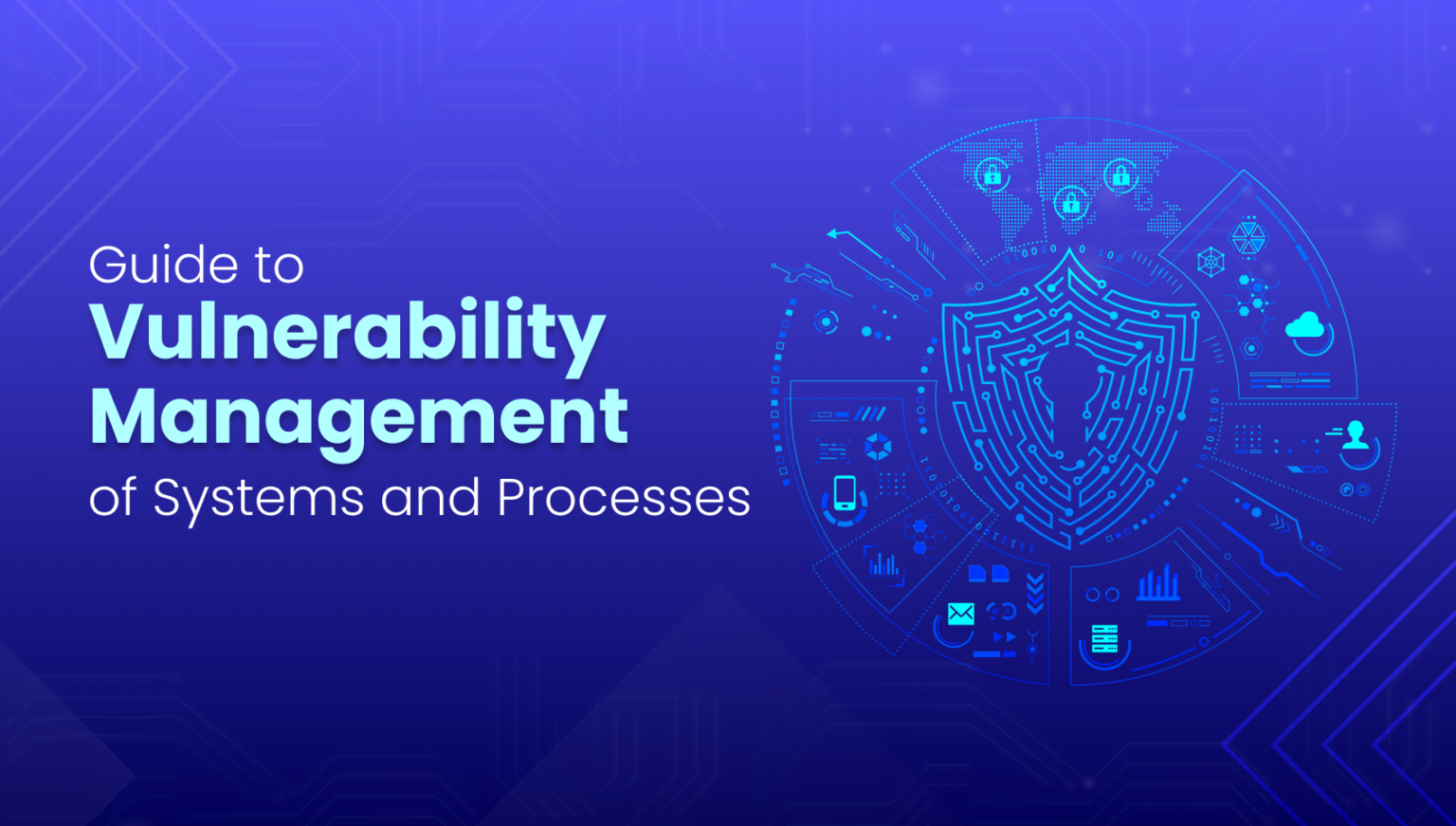Table of Contents
Why Vulnerability Management Matters
In a world where cyber threats constantly evolve, vulnerability management is crucial to maintaining robust cybersecurity defenses. With new vulnerabilities being discovered daily, businesses must stay ahead by proactively identifying and mitigating potential risks. Effective vulnerability management can significantly reduce the risk of data breaches and other security incidents. Ignoring vulnerabilities can lead to disastrous outcomes, including financial losses and damage to a company’s reputation.
Understanding the importance of vulnerability management helps organizations prioritize their security efforts. Companies that ignore vulnerabilities face severe consequences, including financial losses, reputational damage, and legal penalties. Hence, having a well-structured vulnerability management program is essential for every organization. Proactive identification and remediation of vulnerabilities safeguard business operations and secure customer trust.
Core Components Of An Effective Program
Building a comprehensive vulnerability management program involves several vital components. These include asset discovery, vulnerability assessment, risk evaluation, prioritization, remediation, and continuous monitoring. Each step is critical in ensuring that vulnerabilities are addressed promptly and effectively. Together, these components form a robust framework that helps organizations stay one step ahead of potential threats.
Asset Discovery
The first step in vulnerability management is identifying all assets within your organization. This process involves creating an inventory of hardware, software, and network devices. Knowing what assets you have is essential to understanding where potential vulnerabilities could exist. Regular asset discovery helps keep your inventory updated and accurate. This step is critical because an incomplete or outdated inventory can lead to oversights and missed vulnerabilities, putting the entire organization at risk.
Vulnerability Assessment
Conducting regular vulnerability assessments is pivotal to discovering weaknesses in your systems. Various tools and techniques can uncover potential vulnerabilities, including automated scanners and manual testing. Such assessments help identify both known and unknown vulnerabilities that attackers might exploit. It is essential to conduct these assessments regularly to ensure your organization’s defenses are always up to date.
Vulnerability assessments provide a detailed view of your security posture and highlight areas that require immediate attention. By identifying vulnerabilities in their early stages, organizations can take prompt action to mitigate risks and prevent potential breaches. Integrating automated scanning tools with manual assessments ensures a thorough evaluation of your systems, uncovering even the most obscure weaknesses.
Risk Evaluation
Once vulnerabilities are identified, it is important to evaluate the risks they pose to your organization. This involves understanding the potential impact of each vulnerability and the likelihood of its exploitation. This aids in efficiently distributing resources and concentrating on the most crucial vulnerabilities that could majorly impact your organization.
Risk evaluation is a strategic process that considers various factors, including the severity of the vulnerability, the value of affected assets, and the potential costs associated with a security breach. Organizations can decide which vulnerabilities to address by thoroughly assessing these risks. This targeted approach ensures that efforts are concentrated on mitigating the most significant threats and enhancing the organization’s security.
Prioritization
Not all vulnerabilities are created equal. Prioritizing vulnerabilities based on their risk level helps organizations allocate resources efficiently. Critical vulnerabilities should be addressed immediately, while lower-risk issues can be scheduled for later remediation. Prioritizing helps to mitigate the most important risks first, decreasing the total vulnerability to threats. This stage is essential for overseeing the remediation process in a methodical and efficient manner.
The prioritization process involves evaluating each vulnerability’s potential impact and deciding on the urgency of remediation efforts. Factors such as the ease of exploitation, the presence of active threats, and the criticality of affected systems are considered during this process. By concentrating on the most severe vulnerabilities, organizations can significantly reduce risk exposure and protect critical assets more effectively.
Remediation
Remediation involves fixing the identified vulnerabilities. This may include applying patches, configuring security settings, or implementing corrective measures. Ensuring timely remediation is crucial to minimize the window of exposure to potential attacks. Effective remediation strategies are essential for maintaining the security and integrity of your systems. Organizations should establish a comprehensive remediation plan that outlines the steps for each type of vulnerability, ensuring a systematic approach.
Successful remediation requires collaboration between teams, including IT, security, and operations. These teams can implement the necessary fixes efficiently and effectively by working together. Regular follow-ups and assessments are also essential to verify that the remediation efforts have successfully mitigated the identified vulnerabilities. This ongoing process helps maintain a secure environment and prevent future vulnerabilities from arising.
Continuous Monitoring
Cybersecurity is an ongoing process, making continuous monitoring a necessary part of vulnerability management. Organizations can quickly identify new vulnerabilities and respond to emerging threats by regularly scanning and assessing systems. Continuous tracking helps maintain an up-to-date view of the security posture and ensures rapid detection of new vulnerabilities. Being proactive is important to anticipate attackers and reduce risks quickly.
Continuous monitoring involves using advanced tools and techniques to track and analyze network activity, detect anomalies, and identify potential threats in real time. By implementing robust monitoring solutions, organizations can gain valuable insights into their security environment and respond swiftly to suspicious activity. This enhances overall security and builds resilience against evolving cyber threats.
Conclusion
A strong vulnerability management program safeguards your organization from cyber threats. You can greatly improve your cybersecurity stance by comprehending and applying the key elements, following useful suggestions, and consistently checking your systems. While the task may seem daunting, the benefits of a secure and resilient network far outweigh the challenges. Investing time and resources in establishing an effective vulnerability management program will ensure your organization’s long-term security and success.
For More Information Please Visit These Websites Viprow And Vecteezy

